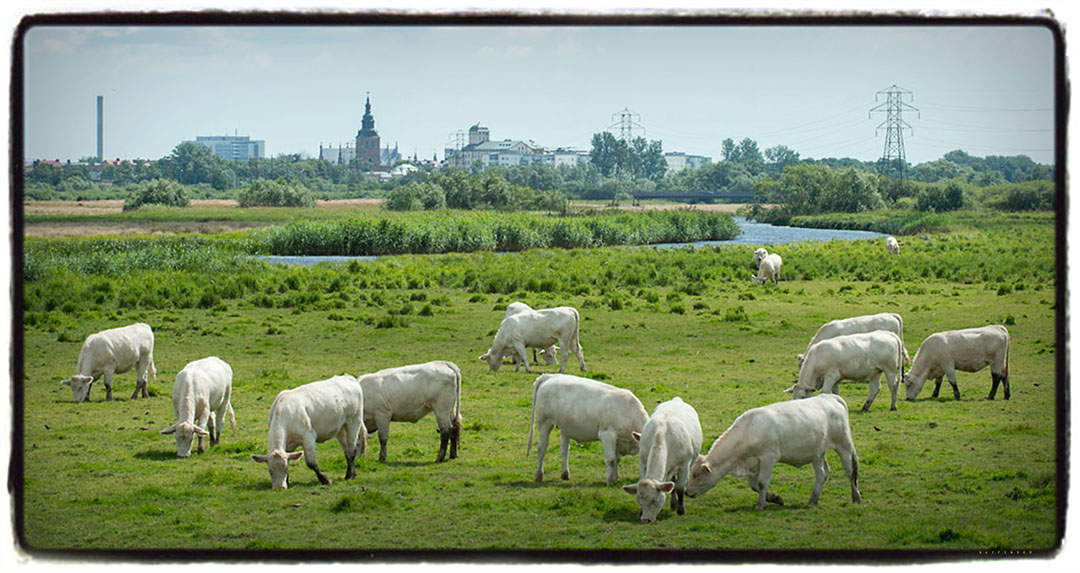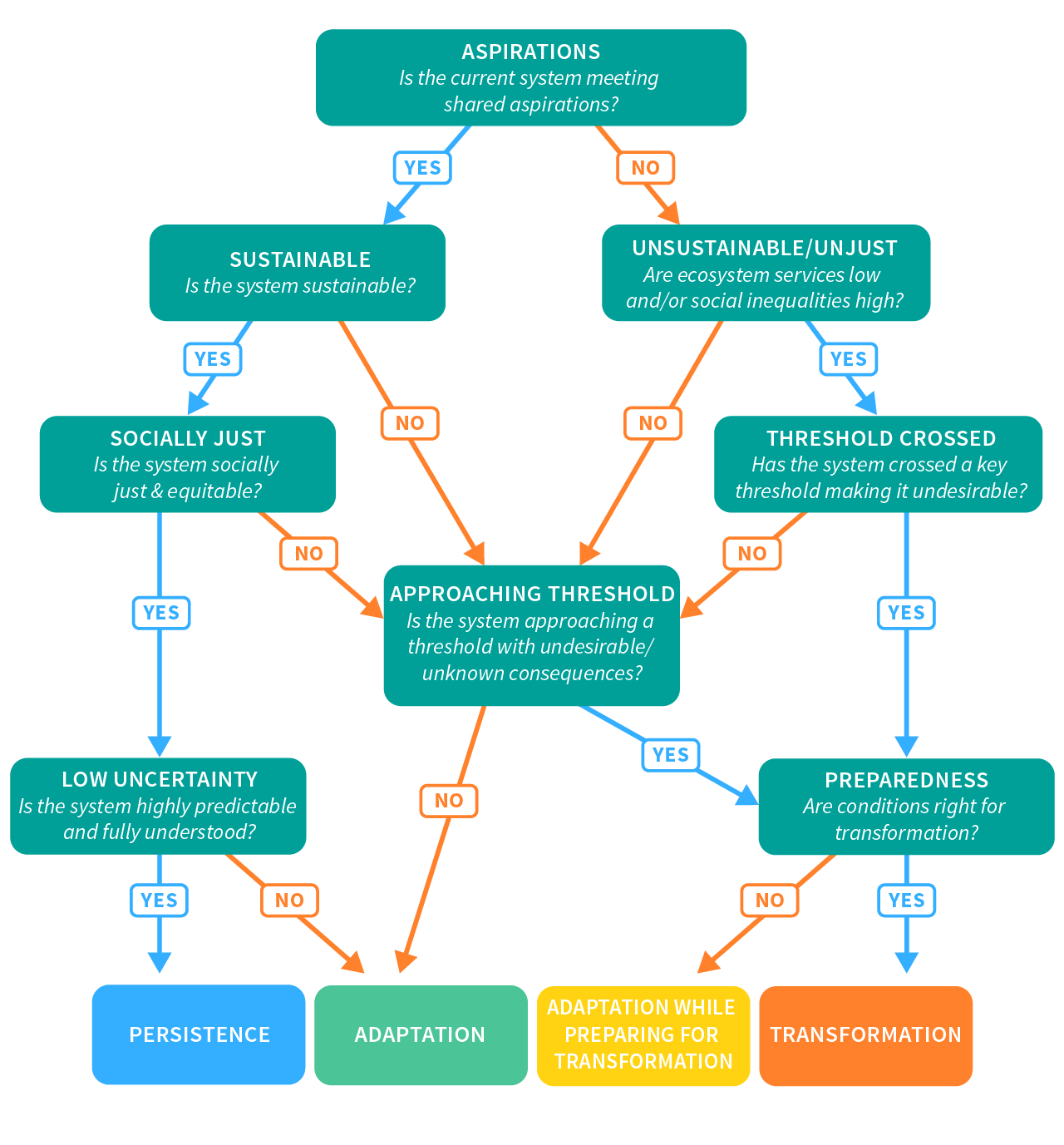Reframing to avoid entrainment
By now you should have a fairly good idea about how the system works, and it is likely that your initial thinking on the key issues and challenges has changed substantially. Still, the dilemmas are well-known and there are often established ways of thinking about them. This can lead to ‘entrainment’ and getting stuck in old ways of reasoning and doing, which may inhibit thinking creatively about solutions. Reframing the challenges can surface new insights and re-energize people to address the challenges differently.

Apartment buildings in Hong Kong, China, seen laying on the ground. Before you start identifying innovative solutions for dealing with the dilemmas, it is useful to sharpen your creative thinking skills. Reframing and changing perspectives, is one of the multiple techniques that can be used to stimulate creative thinking. Photo: iStock.
For example, it is easy to focus on overgrazing as strictly a technical management problem, but it may be useful to reframe it as a social problem where overgrazing leads to off-site impacts that affect the wider community. As a social-ecological problem, you may identify different interventions than those identified from a technical perspective, and you may engage with different people to solve the problem. The attached case from the Kristianstad biosphere reserve in Southern Sweden, describes how reframing the area’s identity from ‘water sick’ to ‘water rich’ opened up an entire range of new solutions.
Challenging assumptions
Another reframing technique involves challenging the assumptions that you are making about a problem. For example, in a rural area that suffers from out-migration of young people, you might assume that a key driver is a lack of employment opportunities. But what if the main driver has more to do with not wanting to be seen as old-fashioned and getting left behind. Solutions to the problem (out-migration) require different strategies depending on which assumptions are most in line with reality.
Challenging assumptions and reframing can be powerful tools for bringing new perspectives to persistent problems. Before moving into Module B of this phase, where it will be very useful to have an open mind and to think creatively, we recommend that you reflect on alternative framings and underlying assumptions for each of the dilemmas in your system. Box 25.1 lists a few techniques that can be used to stimulate creative thinking and identify innovative solutions.
Click here to learn more about innovation and scaling of innovations by Per Olsson, Researcher at the Stockholm Resilience Centre and Michelle-Lee Moore, Deputy Director, GRAID programme at the Stockholm Resilience Centre
Box 25.1 – Identifying innovative solutions
We are often ‘trapped’ by our own thinking style and experience or by the constraints of our organization or context (our organization only does x type of work, so that is the type of intervention we are focused on). Many deeply entrenched problems facing communities in developing contexts require among other things, creative thinking. Below are some tips for identifying innovative solutions.
Get specific – Use the work done in Phases 1-3 to ensure you are asking the right questions.
Learn fast -Look for novel solutions in other systems where similar problems have been solved. Can you “test” the solution’s suitability for your context?
Break patterns – It is unlikely that more of the same types of interventions just done slightly better will result in a substantial change in your system, consider new and different types of interventions.
Positive deviance – Is there an example within the system where something is going against the trend? For example, maybe one farmer is producing substantially more grain than other farmers, or perhaps someone has developed a new market for their product that has never previously existed. What can you learn from these surprising situations?
Observe the issue in action – Rather than making a lot of assumptions, can you observe the issue in action? Sometimes by observing the issue in action you can discover new insights. Consider spending time with those most impacted by the issue, what are their insights about managing the issue?
Design in partnership – Design interventions in partnership with stakeholders, drawing on the knowledge and experience of those who will be implementing the intervention.
Challenge entrenched patterns of thinking – include people from outside the topic area or region to bring in new perspectives and ideas and to question your thinking. Don’t be constrained by current norms or resourcing, identify potential interventions first, then vet them for practical constraints.
Multiple ideas – Ask people for 3-5 options to address an issue, rather than just one, this forces them to be very creative and engage more deeply with the task.
Crowdsource ideas – Can you use an online community to generate innovative interventions?
Organize a TLab – Get an innovative group of people together in a facilitated process, specifically designed to come up with “prototypes” that could solve your problem.


